The easiest way to find lions is to look skyward. Early this morning as we were driving through the woody area not far from camp, Calvin stopped the Land Cruiser and pointed towards three or four vultures dropping down from the sky about half a mile away. “They’re going in for a meal,” he said. “Probably from a lion kill. If we’re lucky they might still be there.”
We cut through the bush, taking a straight line to where Calvin thought the birds had landed. The lions were gone. In their place were a dozen or so vultures, huddled around a dark shapeless mass, pecking at it and each other, spreading their wings in a fury when one of their brethren dared to go for the same scrap they were after. Several maribou storks stood quietly off to the side looking like undertakers.
The white-backed vulture, with his bald black head and stony stare, is an ugly bird but the maribou stork is even more hideous with its coat-like wings and back and its pink scab-encrusted head, sprouting whisps of hair, making it look like a burn victim. Just looking at these grotesque creatures gives me a chill worse than anything except maybe hyenas.
We had to practically drive over the kill before the vultures would abandon it. What they’d been picking over were the remains of a small wildebeest—probably an adolescent. Calvin figured it had been killed last night because although there was very little left to be picked over, even by the vultures, there were still a few morsels of red flesh above the hoofs and inside the vacant eye sockets (the eyes being a particularly prized delicacy by the carnivores).
Still, if you take a good look at this photo, it’s amazing how picked over this animal had been in probably four or five hours. First the lions had their fill, feasting, in particular, on the organs. Then the hyenas came along, maybe even chasing off the lions at one point, and quickly devouring entrails, crunching up ribs and leg bones, tearing off the snout. Which is when the vultures come in for clean-up, basically scrubbing the hide and bones clean, picking at the head and anything left on the bony legs. Eventually the marabou storks would elbow their way in and fight for anything that was left, leaving the ants and flies and other insects to dispose of hair and hide. If we came back tomorrow, all we’d probably find would be a few bleached bones and perhaps a skull. That’s how quickly Mother Nature disposes of the dead in Africa.

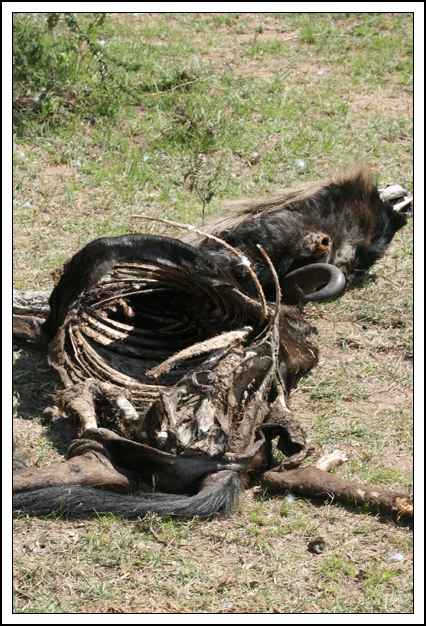

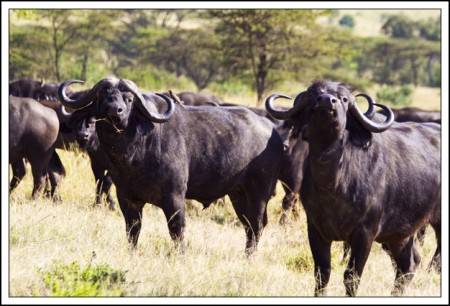
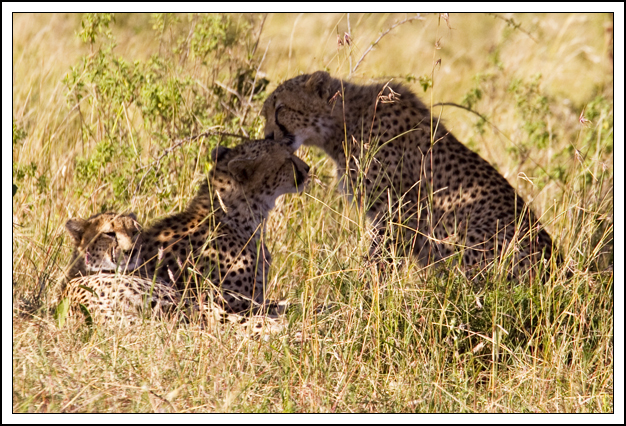



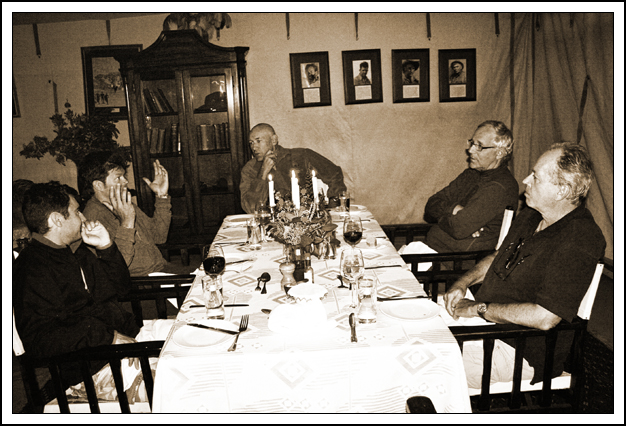
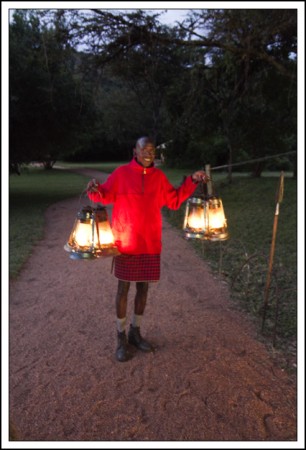
Recent Comments